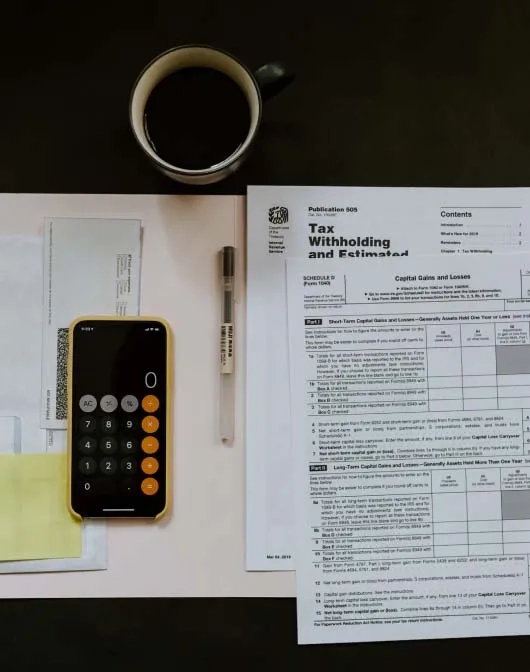
Teaching

In Partnership with
AGCAS
Your future in teaching
Teaching will require hard work, stamina and a high level of commitment, but graduates in the teaching profession talk enthusiastically about the joys of developing the potential of future generations and inspiring their pupils. Get the key information you need to help you decide if you’d like to pursue a teaching career, including what QTS is, the subjects taught at primary and secondary level, application tips and the surprisingly many options available to you both in terms of training and job roles. This advice has been written in partnership with AGCAS, The Association of Graduate Careers Advisory Services. When you're ready, be sure to browse our teaching graduate jobs.
Routes into teaching
Check these guides to learn about the qualifications you'll need to become a teacher, discover how to get work experience, and find out more about funding and pay.
How to apply for teacher training
Learn how to write stellar applications and ace your interviews.
Teaching in Scotland, Wales and NI
Each nation has a slightly different process for teacher training and getting a teaching job – learn the basics here.
_2.webp)
Discover your future career with GradSims
Get a taste of what it's like to work with leading graduate employers. In these free mini-courses you'll get career insights from graduates, do real-life tasks, and get priority access to roles.
Employers in Teaching
All employersOur top employers
Industry leaders with a large annual graduate intake.

Hey! We’re Travel Grad, your post-uni work and travel experts committed to connecting you with exciting alternatives to the typical ‘grad job’ route we know you’re bored of hearing about.
Featured employers
Active employers looking for graduate talent all year round.
And many more
Other employers who are active on targetjobs, regularly posting new opportunities and events during peak seasons.
FAQs in teaching
More careers advice
Browse by category
Advice for school leavers
Discover the world of options open to you on finishing school or college and get tips on how to make the right decision for you.
CVs, applications and tests
Find the tools and tips you need to help you apply for graduate jobs or internships. We cover every aspect of the application process, from writing a CV to answering online application questions and sitting psychometric tests.
Career ideas
Find advice for figuring out your dream career, including what options are available to you after graduating and how to choose the right graduate role.
Finding a job
Finding a job isn’t always as easy as it sounds. Here we help you to jump potential hurdles, giving essential advice for home and international students: from applying in tough economic times to getting a top graduate job with a 2.2.
Internships
Completing an internship allows you to sharpen your skills, improve your CV, prepare for the world of work and potentially land yourself a graduate job. Discover what internships actually involve, how to apply for them and how to make the most of them.
Interviews and assessment centres
You impressed on paper; now it’s time to show the employer in person that you’re the right hire. Learn how to do this with our expert advice for answering interview questions, developing interview techniques and acing assessment centre exercises.
Job descriptions
Discover the qualifications, skills and experience you’ll need for more than 300 job roles and find one you’ll love.
Job offers and working life
Job offers, rejection emails and stepping into the working world with your first graduate job can pull you in a million directions. Fortunately, we’ve curated advice on how to accept job offers, bounce back from rejection and make an impact in your first job.
Skills for getting a job
Discover the skills that major graduate employers seek and how you can demonstrate them on your application form, and at interviews and assessment centres.
University life
Wanting to leave uni with a degree is a given. But what do you want from the other bits of student life? Discover how to combine study, rest, work and play with our insights from students and graduates.
advice by sector

















.webp)
.webp)
.webp)





.webp)


















